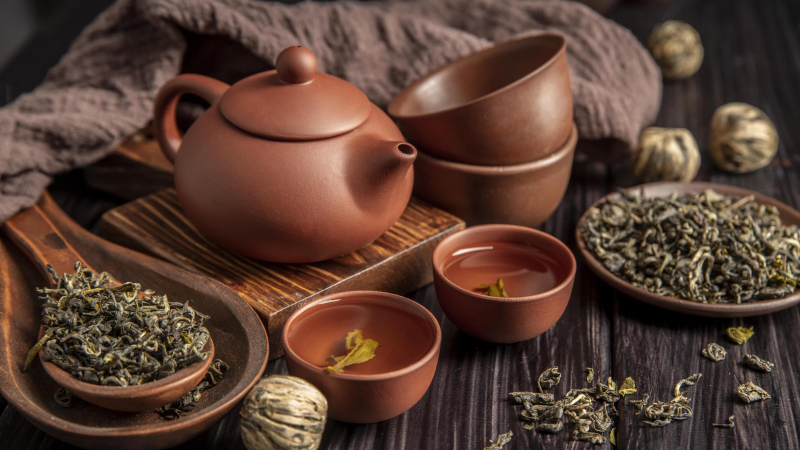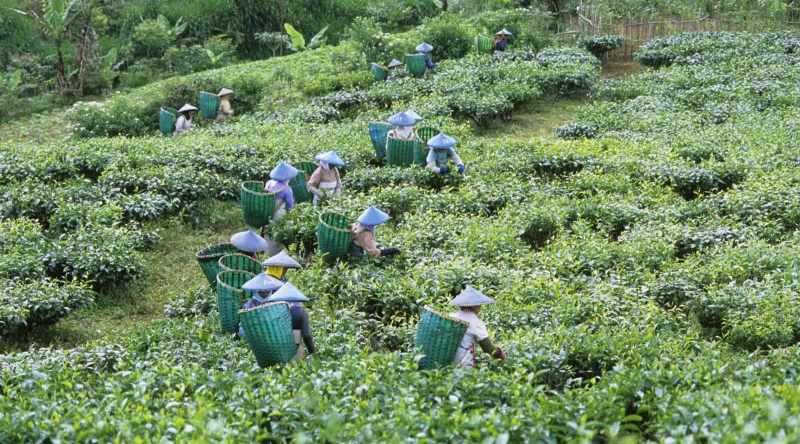Indonesia
Offshore, we travel to Indonesia, which annually produces 157,000 tonnes of tea. The Dutch East India Company introduced the crop during colonial rule in the 1700s, producing primarily black and green teas from Indian Assam varieties. These types of tea can flourish in Indonesia's climate.
Dutch colonists brought tea to Indonesia in the 1600s in an effort to replicate the success of the tea plantations there. Although a wide variety of Chinese teas were used in the initial experiments, it was found that Assam teas are better suited to the hot, muggy tropical climate of Indonesia. The cooler climates of the mountainous islands of Java, Sumatra, and Sulawesi have proven to be ideal for the cultivation of tea.
The Indonesian tea industry was in full swing by the latter half of the nineteenth century. Despite experiencing disruptions and setbacks during the Second World War, the nation is currently ranked as the sixth-largest tea producer in the world.












